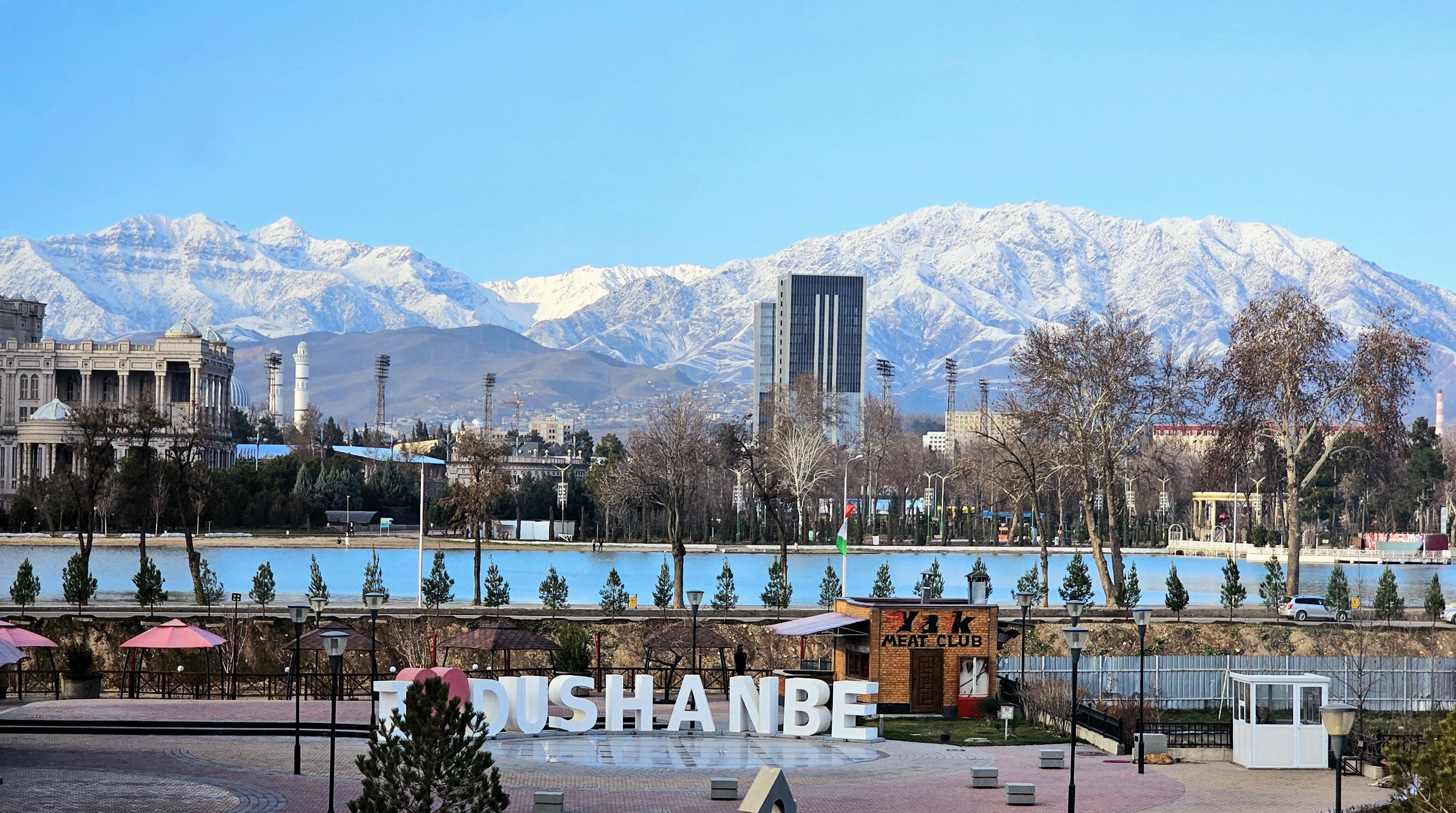To capitalize on the demographic dividend offered by its growing and young population, Tajikistan should put green, resilient, and inclusive urbanization at the center of its growth agenda, says the Asian Development Bank (ADB).
The country’s population is projected to reach 16.2 million by 2050 with the working-age population making up 60% of the total, according to the Tajikistan National Urban Assessment, launched in Dushanbe on April 26.
The report says the National Development Strategy identifies the demographic dividend as an opportunity to increase urbanization. The 2021 census placed Tajikistan’s population at 9.51 million. The Agency for Statistics has projected it will reach 16.2 million by 2050. In the next 15 years, the population between the ages of 15 and 64 will comprise 60% of the total. This population age structure reportedly presents an opportunity for Tajikistan to benefit from a demographic dividend that it can best harness through urbanization. Several examples worldwide show a positive correlation between a higher degree of urbanization and improved social and economic conditions. A World Bank study that reveals Tajikistan’s urban sectors to be almost three times more productive than its rural sectors strengthens the case for greater and accelerated urbanization.
“The increase in population will require new jobs, and Tajikistan’s urban sector is three times more productive than its rural sector in generating employment,” said ADB Country Director for Tajikistan Shanny Campbell. “For cities to become engines of growth and main generators of employment, the country needs a well-defined national urbanization strategy with a strong link to the private sector.”
Given the country’s high vulnerability to climate and disaster risks, the assessment calls for urgent application of nature-based solutions and sponge city approaches to address urban flooding and other hazards.
The report suggests immediate investments in water supply, sanitation, solid waste management, and urban mobility. Affordable and livable housing, urban eco-tourism, digital systems, and strengthened governance skills will enhance the economic and social efficiency of cities.
By establishing a system of cities comprised of small towns, medium–sized cities, and large agglomerates, the country will distribute the poles of growth, broaden equitable access to services and economic opportunities, and improve living conditions.
Making cities more livable (green, healthy, safe, and inclusive) is among ADB’s operational priorities. The Tajikistan National Urban Assessment provides analytical framework and strategic recommendations for integrated urban development driven by livability.
Established in 1966, the Asian Development Bank is owned by 68 members—49 from the region.







